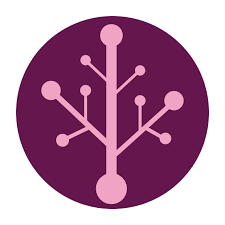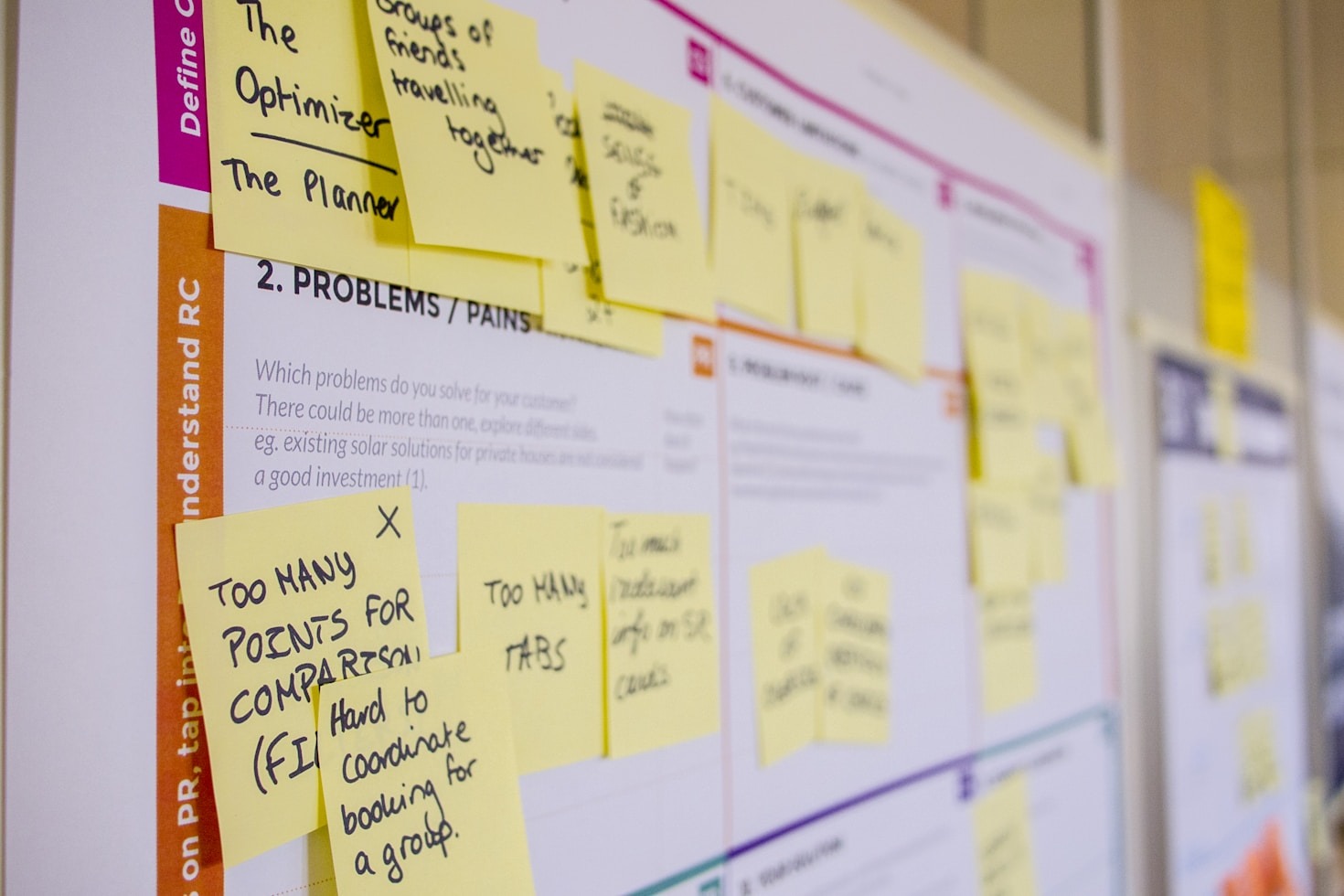Leading Through Complexity: New Models for a New Era
What the best leaders are doing differently when the rules keep changing
For much of the 20th century, leadership was about control. Strategy meant prediction. Decision-making followed logic. Expertise was the answer. But the challenges of the 21st century have rewritten the landscape.
Today’s leaders are facing complex systems: highly interconnected environments where small changes can produce large, unpredictable consequences. Think climate volatility, geopolitical realignments, AI regulation, energy transitions, or global supply chain shocks. These are not technical puzzles to be solved — they are living systems to be navigated.
In complexity, there is no best practice. But there are better ways to lead.
What Complexity Actually Is — and Why It Matters
In a widely cited distinction, Dave Snowden’s Cynefin Framework differentiates between:
- Simple contexts: cause and effect are clear.
- Complicated contexts: cause and effect exist, but require analysis.
- Complex contexts: no clear cause-effect relationships, only patterns that emerge over time.
- Chaotic contexts: no patterns, only rapid response.
Complex systems are dynamic, adaptive, and unpredictable. Think of them like ecosystems: you can’t control them, but you can interact with them intelligently — if you’re willing to listen, adapt, and co-evolve.
“Complexity is not a problem to solve. It’s a landscape to learn from.”
— Snowden & Boone, Harvard Business Review
The Old Leadership Model Falls Short
The traditional model — hierarchical, linear, expert-driven — was built for stability and control. But in complexity, this model backfires:
- Strategic plans become obsolete in weeks.
- Centralized decisions miss key signals.
- Quick fixes cause unintended consequences.
- Confidence without humility erodes trust.
Instead, what’s needed is a shift in posture: from knowing to sensing, from control to coordination, from predictability to learning.
New Models for Leading in Complexity
1. Adaptive Leadership
Heifetz, Linsky & Grashow – Harvard Kennedy School
Core idea: Distinguish between technical problems (solvable with expertise) and adaptive challenges (which require learning, values shifts, and systemic change).
📌 Example: During the COVID-19 pandemic, New Zealand’s leadership created open communication channels and acknowledged uncertainty, asking citizens to participate in collective adaptation. They didn’t just “manage” the crisis — they led adaptively.
🔧 Tool: Create space for disequilibrium — enough discomfort to spark adaptation, but not so much that it leads to breakdown.
2. Thinking in Systems
Donella Meadows – MIT
Core idea: Focus not just on events, but on the structures and feedback loops that produce them. Understand how delays, incentives, and unintended consequences shape long-term results.
📌 Example: In corporate sustainability, Patagonia redesigned its supply chain not by optimizing individual components, but by mapping and adjusting the whole system — from cotton farming to waste management.
🔧 Tool: Use systems maps to visualize relationships and identify high-leverage intervention points.
3. Theory U: Sensing Before Acting
Scharmer et al. – MIT Presencing Institute
Core idea: In complexity, we must pause, sense, and connect to emerging futures — not just project the past forward.
📌 Example: The European Commission has used Theory U methods in policy innovation labs to imagine future scenarios for AI, climate, and democratic participation — before drafting concrete regulation.
🔧 Tool: Build “deep listening” practices into leadership routines — not to solve faster, but to sense better.
4. Safe-to-Fail Probes (Cynefin)
Core idea: In complex contexts, don’t launch large-scale initiatives based on assumptions. Run small, diverse experiments — then amplify what works.
📌 Example: A global insurance firm facing declining trust launched five micro-pilots in different regions to test new models of customer engagement. Three failed. One succeeded. That one shaped their new strategy.
🔧 Tool: Set clear boundaries for experiments: what success looks like, what failure teaches, how to scale fast if signals are strong.
What These Leaders Have in Common
Across sectors, leaders who navigate complexity effectively tend to share five practices:
- They think in timeframes, not timelines.
They hold short cycles of learning inside long arcs of purpose. - They make the invisible visible.
They map interdependencies, power structures, and delayed impacts. - They ask better questions.
Not “What’s the solution?” but “What’s the pattern here?” or “What needs to emerge?” - They build inner capacity.
Emotional regulation, curiosity, and humility are as important as strategic skill. - They shift from control to stewardship.
They guide processes rather than dictate outcomes.
Leading in Complexity Is Not About Being Right — It’s About Being Ready
Complexity doesn’t reward certainty. It rewards discernment: the ability to sense when to act, when to pause, and when to let go.
The best leaders today are not those with the perfect strategy. They are those who are willing to:
- Listen differently
- Experiment wisely
- Learn constantly
- Stay centered under pressure
- And lead not from ego, but from responsiveness
This isn’t about being reactive. It’s about building a new kind of presence: one that can hold contradiction, move through ambiguity, and still make progress.
Because in complexity, leadership is no longer about having control.
It’s about becoming trustworthy in the unknown.
Final Reflection
In your next big decision moment, ask:
- Am I assuming the system is predictable when it’s not?
- What am I not seeing that might shift the whole picture?
- What’s the smallest action I can take to learn something new?
That’s not indecision. That’s leading in complexity.

